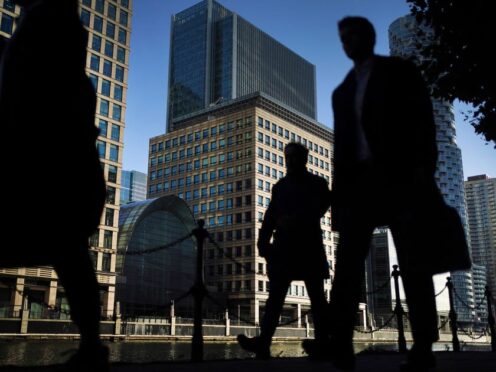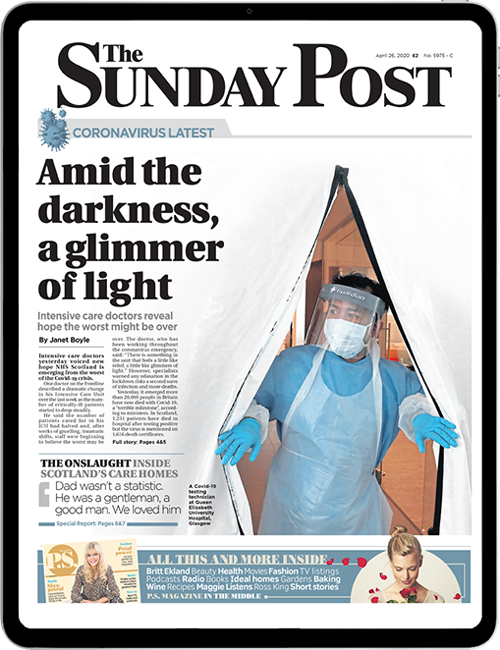
Wage growth has eased back once again as Britain’s unemployment rate ticked up but earnings are still outpacing inflation, according to official figures.
The Office for National Statistics (ONS) said average regular pay growth, excluding bonuses, fell to 6.1% in the quarter to January, down from 6.2% in the three months to December and marking the slowest growth for more than a year.
But when taking Consumer Prices Index (CPI) inflation into account, real regular wages rose by 2%, which is the highest since the summer of 2019, excluding the pandemic-skewed years.
We’ve published the latest UK labour market figures.
Headline indicators for the UK labour market for November 2023 to January 2024 show:
▪️ employment was 75.0%▪️ unemployment was 3.9%▪️ economic inactivity was 21.8%
➡️ https://t.co/F9TC4bkR4d pic.twitter.com/xcLxAH4C03
— Office for National Statistics (ONS) (@ONS) March 12, 2024
The ONS said the UK rate of unemployment lifted unexpectedly to 3.9% in the three months to January from 3.8% in the previous three months, while vacancies fell by 43,000 quarter on quarter in the three months to February to 908,000 – the 20th drop in a row.
Most economists had expected the jobless rate to remain at 3.8%.
Liz McKeown, ONS director of economic statistics, said: “Recent trends in the jobs market are continuing, with earnings, in cash terms, growing more slowly than recently but, thanks to lower inflation, real-terms pay continues to increase.
“The number of job vacancies has also been falling for coming up to two years, though the total remains more than 100,000 above its pre-pandemic level.
“Over the last year, there was little change in the proportions of people who are employed, unemployed or neither working nor looking for work, though the overall number of people in work is still rising.”

Enjoy the convenience of having The Sunday Post delivered as a digital ePaper straight to your smartphone, tablet or computer.
Subscribe for only £5.49 a month and enjoy all the benefits of the printed paper as a digital replica.
Subscribe